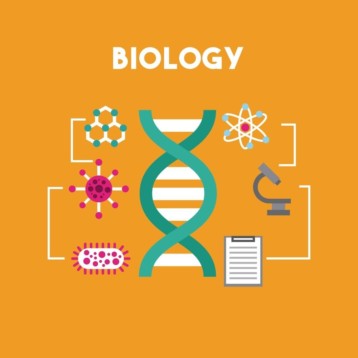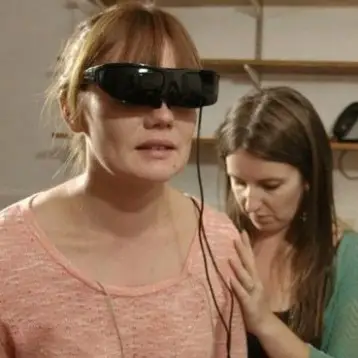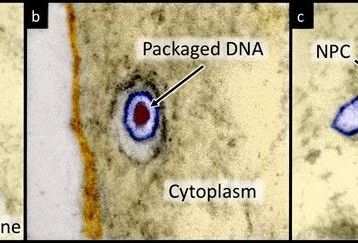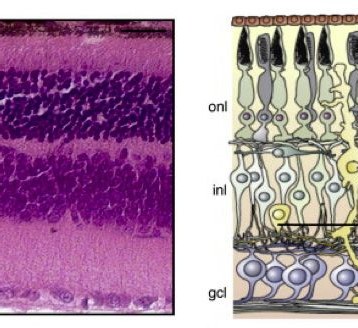Researchers at Duke University have demonstrated for the first time an electronic link between the brains of pairs of rats. The link allowed the rats to communicate directly and solve simple tasks. A follow up research demonstrated a similar link created between animals thousands of miles apart—one in North Carolina and one in Brazil. The research might allow scientists in the future to connect multiple brains to form a combined multi-brain which could allow sharing of both motor and sensory information between several animals.How easily can you connect one brain directly to another? The surprising answer is that it might be significantly easier than previously thought, at least when it comes to rats. Professor Miguel Nicolelis from Duke University School of Medicine and his team, discovered in previous studies that rat brain are much more “plastic” than we expected, and that they can adapt quickly to accept input from devices outside the body and even learn how to process invisible infrared light generated by an artificial sensor (somewhat similar experiments are currently being done in humans, where blind people are fitted with bionic eyes connected to the optical nerve which is given time to adjust to the new stimuli with the hope of eventually allowing them to process the information and regain partial sight).
–
–
Following his initial research Professor Nicolelis asked himself an important question: “if the brain could assimilate information from artificial sensors, could it also assimilate information from a different body?”. This was the trigger which pushed Nicolelis and his team to conduct the current series of experiments.
–
–
In the first stage of the experiment the researchers trained pairs of rats to solve a straightforward problem – press the right lever when an light above it is switched on. When done correctly, the rat received a reward in the form of a sip of water.
–
–
The next step was to connect two of the rats’ brains using an arrays of microelectrodes which were inserted into the area of the cortex that processes motor information. One rat received a visual cue that told it which lever to press in order to receive the water (this rat was called “encoder”) while the other rat (aptly named “decoder”) received an electrical stimulation that was delivered directly into its brain. This stimulation was a “translation” of the encoder’s rat brain activity that coded its motor information.
–
–
The decoder rat received the brain-to-brain motor information and the researchers tried to determine what was the rate in which the decoder rat was able to mimic the actions of the encoder rat based on this information. The unequivocal results showed success in 70% of the tests.
–
–
Nicolelis and his team developed several other experiments which demonstrated more of the uniqe capabilities of the rat’s brains and their ability to connect to each other, including a long distance connection between rats located in two different continents.
–
–
According to Professor Nicolelis: “We cannot predict what kinds of emergent properties would appear when animals begin interacting as part of a brain-net. In theory, you could imagine that a combination of brains could provide solutions that individual brains cannot achieve by themselves. Such a connection might even mean that one animal would incorporate another’s sense of “self””.
–
–
More information can be found on the Duke University website as well as on Professor Miguel Nicolelis webpage.
–
–
The original research entitled “A Brain-to-Brain Interface for Real-Time Sharing of Sensorimotor Information” (PDF) can be found on Professor’s Nicolelis site.
–
–
Video: A Brain-to-Brain Interface for Real-Time Sharing of Sensorimotor Information
Dr. Miguel Nicolelis Explains the Brain to Brain Interface Study










